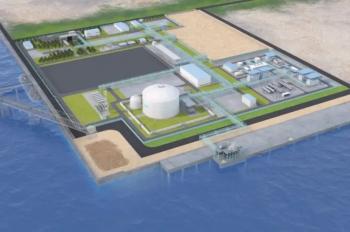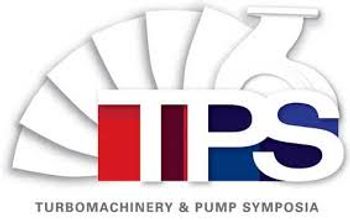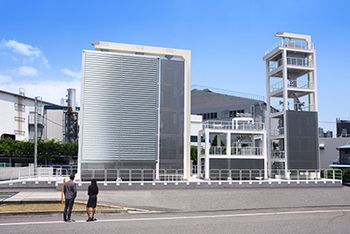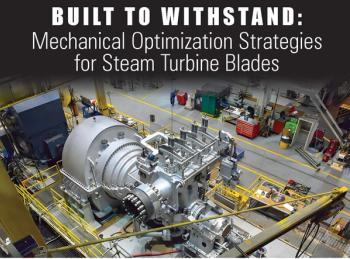
Air Products Secures Over $130M in NASA Liquid Hydrogen Supply Contracts
Air Products will provide liquid hydrogen to the Kennedy Space Center, Cape Canaveral Space Force Station, and other NASA facilities.
Air Products has announced winning several NASA supply contracts, totaling over $130 million, to provide liquid hydrogen to various NASA locations, including Kennedy Space Center, Cape Canaveral Space Force Station, and other facilities. Liquid hydrogen is used by NASA as fuel in cryogenic rocket engines, combined with liquid oxygen, with hydrogen's unique properties supporting aeronautics development.
Under one public contract, Air Products will supply NASA with liquid hydrogen for operations at Kennedy Space Center and Cape Canaveral Space Force Station. The multi-year contract, already in effect, has a maximum value of approximately $75 million. In a separate public contract, NASA has awarded Air Products a maximum value of over $57 million to supply liquid hydrogen to facilities across the agency, including NASA's Marshall Space Flight Center in Huntsville, Alabama, and the Stennis Space Center in Bay St. Louis, Mississippi.
Francesco Maione, Air Products' President, Americas, said: “Air Products has a long history of working with NASA, stretching from the very beginning of the United States’ space program, to the Apollo 11 moon landing, and to the more recent missions to study Mars. We are proud to provide NASA with the industrial gases they need for their important work and look forward to continuing our many decades-long working relationship with the U.S. space program.”
Air Products' collaboration with NASA began in 1957 with the commissioning of an industrial gas plant in Ohio. Since then, the company has continuously supplied NASA with liquid hydrogen and other industrial gases for advancing the United States Space Program. This includes product supply to space launches and long-term relationships with NASA’s engine testing program at Stennis Space Center, Johnson Space Center in Texas, and Marshall Space Flight Center.
Newsletter
Power your knowledge with the latest in turbine technology, engineering advances, and energy solutions—subscribe to Turbomachinery International today.





